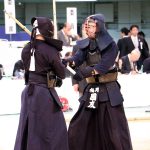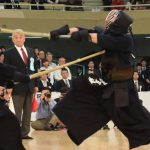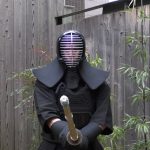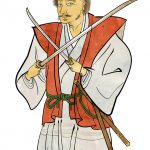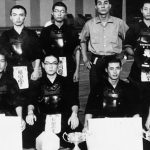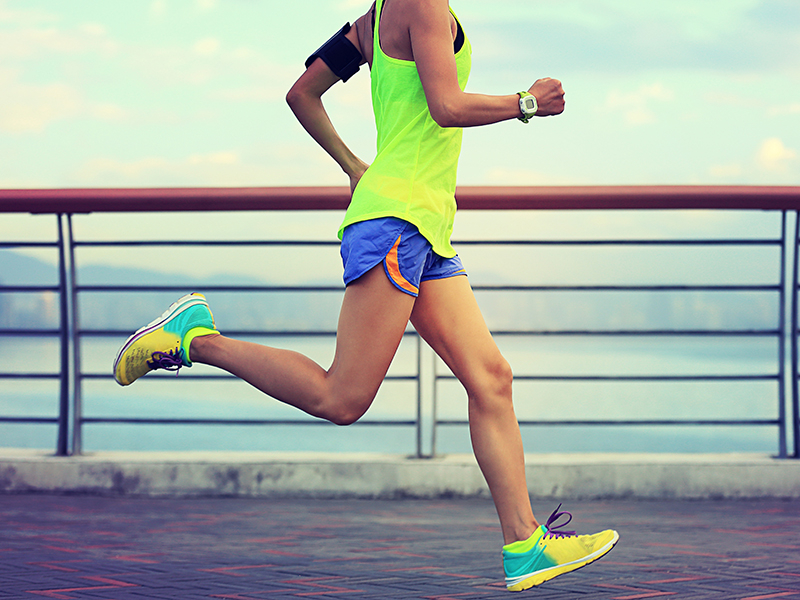
By: Dr. Anil Sahal
After training in the dojo and over a glass of beer, there are often discussions between
martial artists about the relationship between budo and sport. Those who see themselves
as ‘traditionalists’ express a disdain for martial arts being used in the sporting context
feeling that the ego-massaging effects of winning shiny medals and titles, demeans the
seriousness of an art forged in the furnace of real combat and spiritual training. Others
might suggest ‘sport martial arts’ are a means of attracting new member to our dwindling
dojo and keeping the arts vibrant, alive and current. But are these opposing views really
valid? Do these differing perspectives really have no overlap?
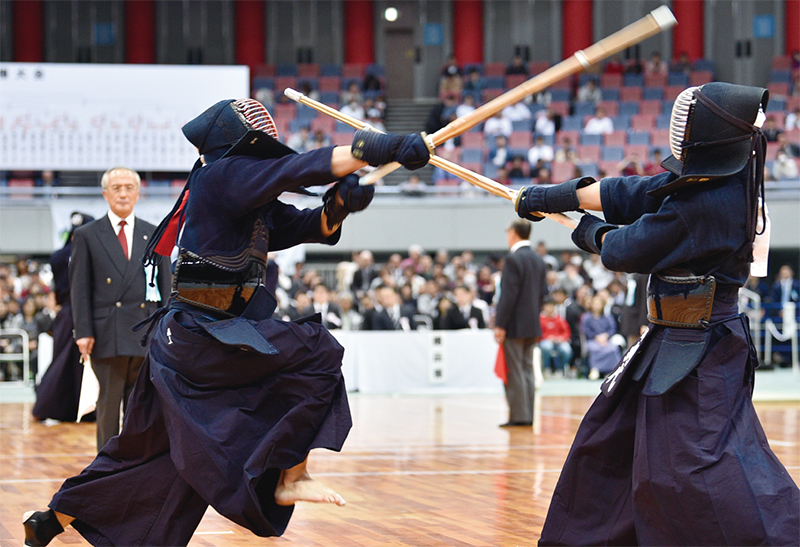
The term ‘Budo’ maybe defined in many ways, ranging from the literal and physically-
orientated ‘martial ways’ to a rather more convoluted, Zen-flavoured definition of ‘the way
of spiritual improvement through the ways of the Japanese martial arts’ and any particular
definition will be held dear to one practitioner or another, depending upon their own
motivations and perspectives. The former definition is aligned more toward ‘bujutsu’ where
the physical use of weapons, bodily or otherwise, is the central theme and ‘combat
effectiveness’, the ultimate goal. The latter definition points directly to the Zen-suffused
idea that through physical and mental discipline, through the attempt of direct perfection
and absorption of the techniques of the martial ways, one is able lift one’s consciousness
and allow the practitioner to pass through the gates of non-duality, bringing new and
permanent perspectives on reality, much in the same manner as Zazen. Both of these
definitions have the connotation of a long-term ‘inner endeavour’, one in which one may
transcend the self, one’s ego, such that spiritual emancipation can be achieved.
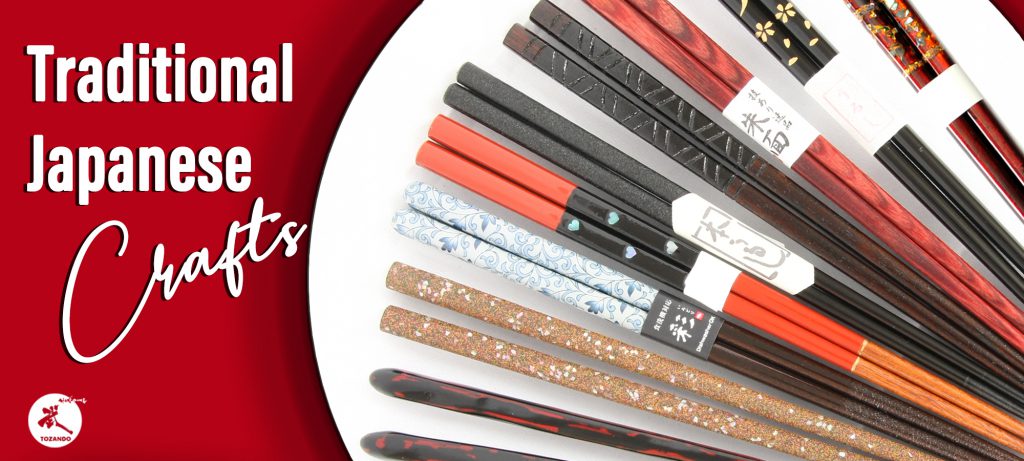
Sport, on the other hand, is variously defined as, ‘an activity involving physical exertion and
skill in which an individual or team competes against another or others for entertainment.’
Thus a baseball player will spend many hours swinging their bat at awkwardly pitched balls,
throwing, running and sliding to maximise the efficiency of their motor patterns within the
boundaries of the game and thus maximise the probability of beating an opposing side, win
trophies, tournaments and the accolades of an adoring crowd. You may notice this is more
of an ‘outer endeavour’ in which entertainment of others is the ultimate aim. Undoubtedly,
there will be a subtle, inner game in pursuing a sporting pastime, but medals, trophies,
monetary prizes, prestige and a place in sporting history, are sport’s long term goals. Sport
feeds the ego.
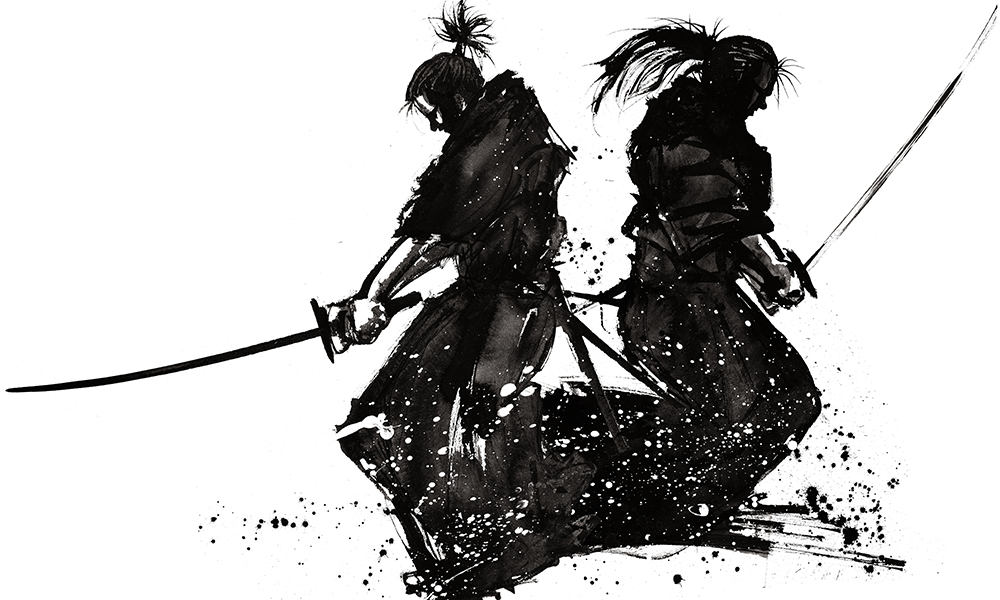
Ostensibly budo and sports appear to have diametrically opposed objectives to one another,
not least because elite sporting ability tends to have a limited shelf-life whereas budo tends
to be practised all one’s life. Thus it might appear that budo and sports are so different that
they are mutually exclusive: you may follow one path or the other but never both. But this is
almost certainly not the case or indeed even possible.
When an Iaidoka practises a kata, they aim to push their performance asymptotically
toward an idealised, ‘perfect’ form. This performance must of course, also be infused with
intent, vigour and spice! A Kendoka practises their cutting, and footwork to produce
maximum efficiency of movement and utility in the art of fencing, pushing themselves to
physical and thus mental extremes. A Karateka pares away extraneous movements with
many repetitions, so that a punch becomes as efficient as is possible and a kick become an
efficient kick capable to inflicting much damage. But is there not, within this utilitarian
practise, an outward beauty? Is this beauty something that may be appreciated and indeed
enjoyed, by an audience? Can this inner game of perfection of movement, of spirit and
character not be placed in a sporting context for the pleasure of others? I personally think it can.
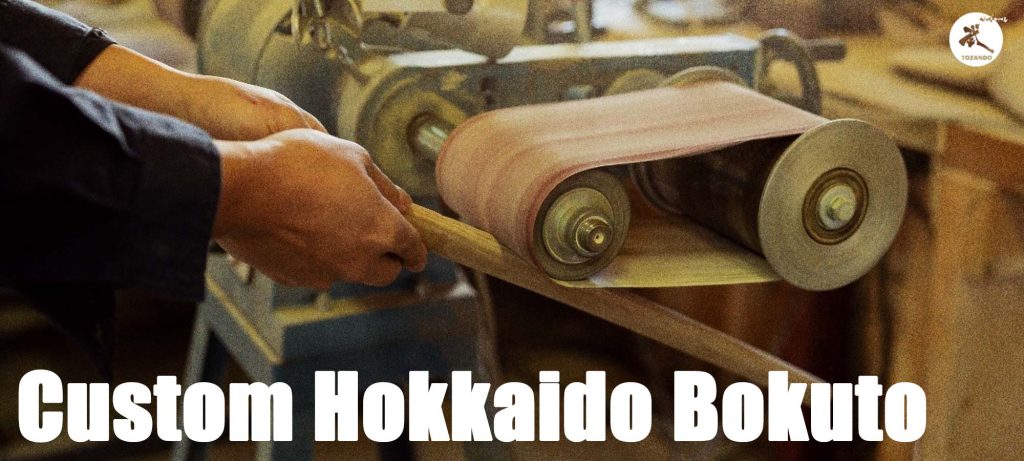
Whatever the practitioner’s motivation is in practising budo, there is no reason why
these techniques, these displays of beauty infused with martial intent, cannot be used as
entertainment. In the case of an aesthetic art such as Iaido, in a sporting context, these
movements are aimed at an invisible enemy, leading to judge-awarded points in which one
competitor shows they have not only come the closer to the model kata than the other, but
have also demonstrated a ‘living performance’ with combative meaning, aggressive intent
(but not aggression) and fighting spirit. When the practitioner of another art is able to apply
their skills directly to an opposing competitor in competition combat and use their highly
developed skills to score points relatively objectively against their adversary, the results can
be dazzling, enthralling and indeed thrilling to anyone watching. They can have all the
outward characteristics of a sport and still retain the inner aspects of budo in acquiring them
and without any contradiction. Sometimes there is a tendency to make techniques used in
the sporting arena more flamboyant and indeed, flashy, perhaps reducing their martial
effectiveness, but this is a moot point and is not an issue provided these ostentatious
displays do not find their way back into grass roots training.
One final thought, regarding my own art, Iaido, as a sport. There is a question of whether
using techniques, derived and honed in combat, where people were maimed or died, for the
entertainment of others is morally acceptable, but again, that is a debate for another day.
Thus, it would appear that budo and sport can happily co-exist despite the obvious outward
differences. Indeed, it could be argued that the use of modern training methods devised by
sport scientists, can effectively be applied to budo, enhancing and hastening the acquisition
of the necessary skills and showing, definitively that budo and sports can be complimentary.



